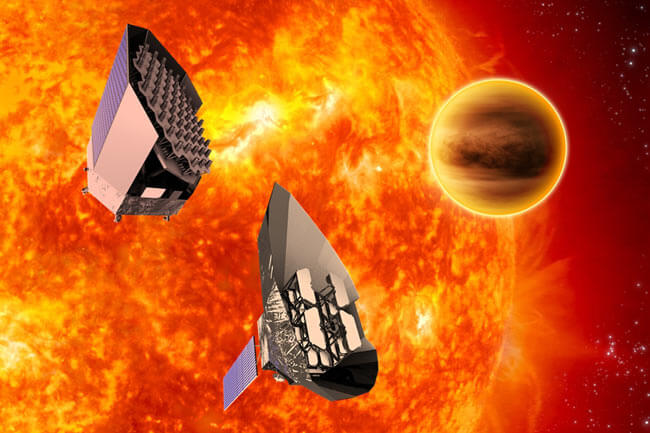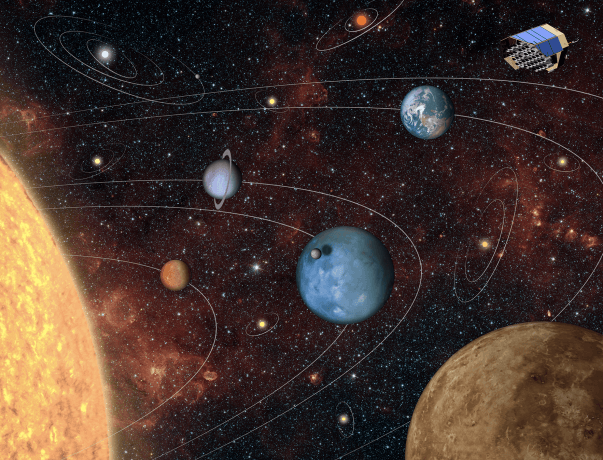
The scientific programme Committee of the European space Agency approved the further development of the project of a new space mission PLATO (Planetary Transits and Oscillations of stars). Within its framework it is planned to 2026 to create a new space Observatory, whose main task will be to “the discovery and study of terrestrial planets and super-earths located in the habitable zones of sun-like stars”. However, according to a press release of the University of Warwick, along the way, it can lead to the “detection of extraterrestrial life”.
Aboard the Observatory will be 26 telescopes. The Observatory will be located 1.5 million kilometers from Earth, according to a press release, will “ultra-precise and long-term (lasting up to several years) photometric monitoring of the star brightness magnitude mV ≤11 in the visible spectrum” and will search for new exoplanets near stars. Supervision of the project will engage University of Warwick (England), which also will evaluate the collected data Observatory PLATO.

The project of the PLATO Observatory will be the second mission, whose main task will be to find habitable planets in our galaxy. The second project is “Kepler”, running from 2015 in an emergency. To date, the space telescope found a planet 4034, 2335 of which received the official status of exoplanets. Among these exoplanets, only 50 are candidates to become the terrestrial planets are in the habitable zones of their stars. While only 30 of them are considered really suitable to sustain life.
Space telescope “Hubble” space Agency NASA also conducted a search of potentially habitable worlds, but this was not its key objective. As stated on the website of the Agency, the telescope is engaged in “observation of astronomical objects and phenomena and makes it much more effective than ground-based telescopes”. The main objectives of the study “Hubble” are nebulae, galaxies, and black holes.
The European space Agency will launch a new “hunters” for exoplanets
Nikolai Khizhnyak